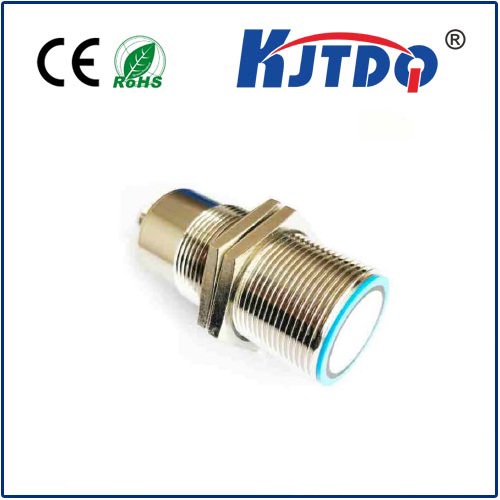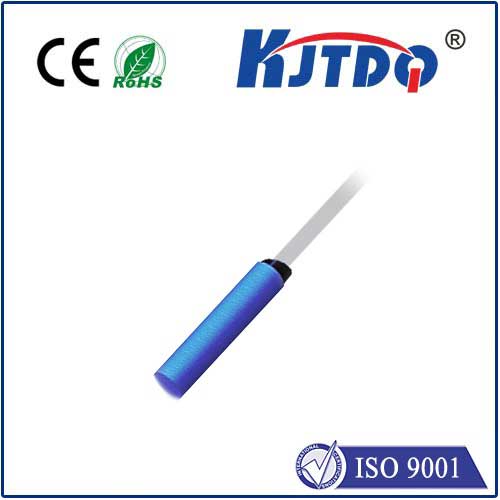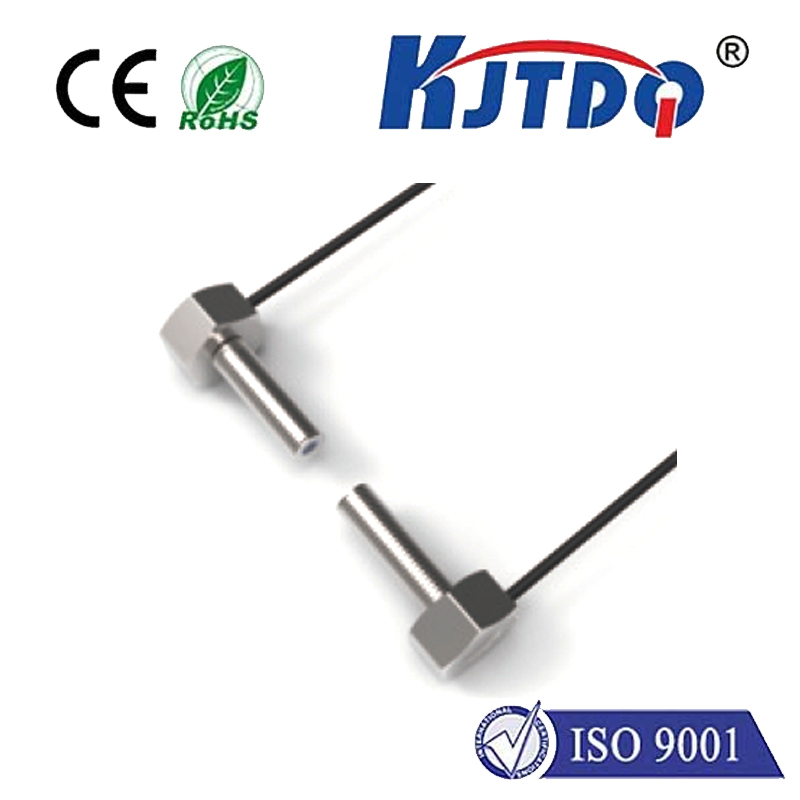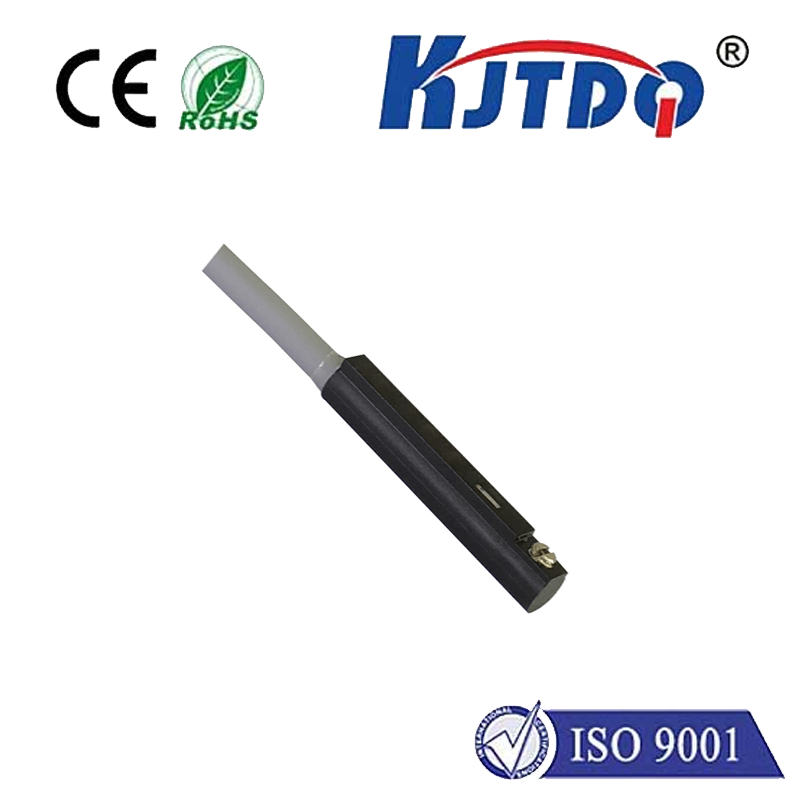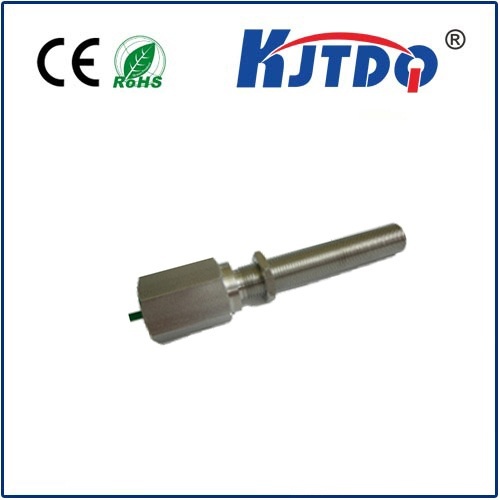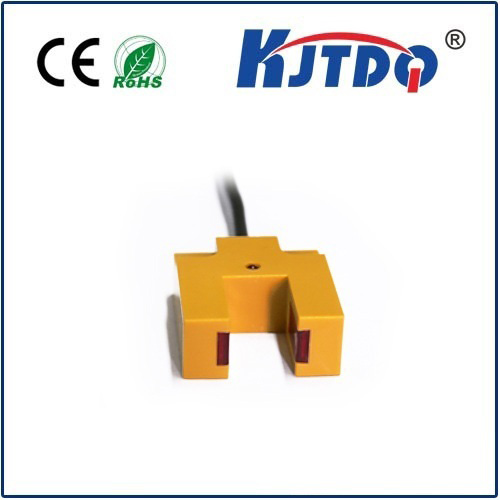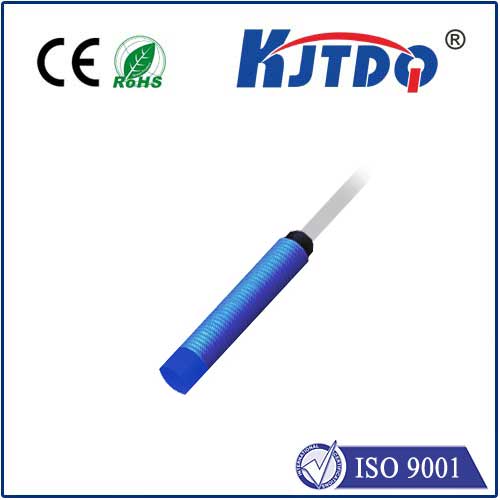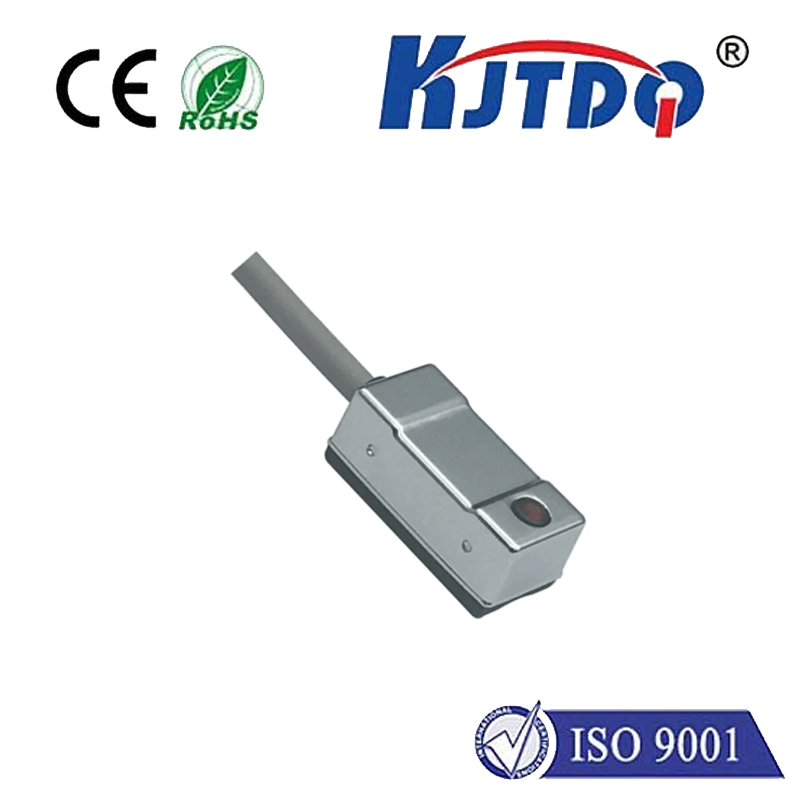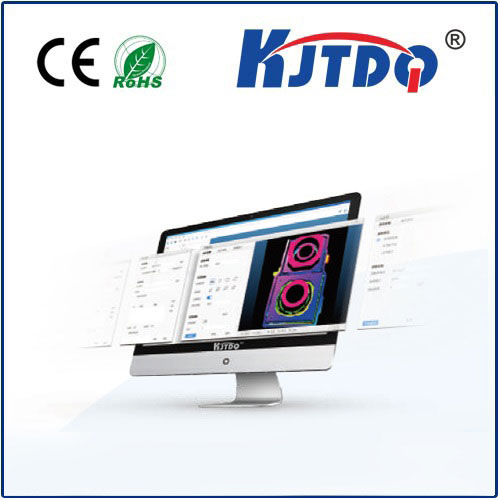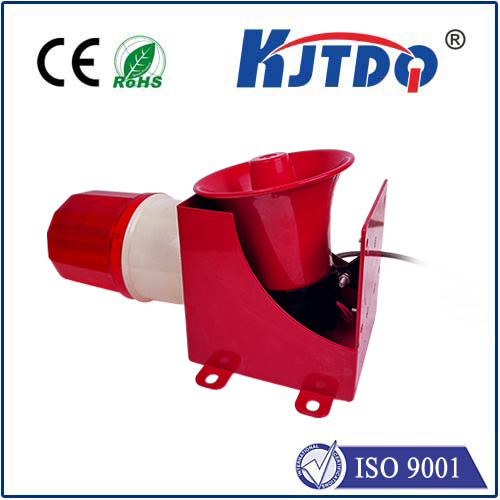
check

check

check

check
Understanding the Normally Closed Limit Switch: A Fundamental Industrial Component
In the realm of industrial automation and process control, the functionality of a limit switch is indispensable. Among the variety of limit switches available, the normally closed limit switch stands out as a crucial component for ensuring operational safety and reliability. This article will delve into what a normally closed limit switch is, why it's essential, and how it works within different industrial applications.
What Is a Normally Closed Limit Switch?
A normally closed limit switch is an electrical switch that is closed when there is no external force or object acting upon it. In other words, it allows current to flow through its contacts under normal conditions without any physical intervention. It is called "normally closed" because its default state is to be shut or closed, allowing current to pass through it until it is opened (or actuated) due to the presence or movement of an object.
Importance of the Normally Closed State
The normally closed state of a limit switch provides a fail-safe mechanism. If, for some reason, the system controlling the switch loses power or experiences a malfunction, the switch will default to its closed state. This means that in most safety-critical applications, if a normally closed limit switch fails, it will revert to a safe condition—preventing potential harm or damage to machinery and personnel.

Workings of a Normally Closed Limit Switch
A normally closed limit switch typically consists of an actuator, which can be a lever, roller, or plunger, and contacts that close or open in response to the actuator's position. When the target object reaches a predetermined position, it comes into contact with the actuator and physically moves it. This action opens the switch, interrupting the current flow. Conversely, when the object moves away from the actuator, springs within the switch cause it to return to its normally closed position, thus completing the circuit again.
Applications of Normally Closed Limit Switches
Normally closed limit switches are used in various industries for position detection, end point sensing, and safety interlocks. For instance, in a conveyor belt system, a normally closed limit switch may signal when a package has reached the end of the belt. Should the conveyor stop unexpectedly, the switch would remain closed, preventing further packages from being loaded onto the stationary belt.
Safety Interlocks and Machine Protection
In machinery with moving parts, such as robotic arms or assembly lines, normally closed limit switches serve as vital safety interlocks. They confirm that guard doors are closed or that certain components are in their proper positions before operation begins. If a door is opened during operation, the switch opens, breaking the circuit and halting the machine immediately to prevent injury.
Monitoring and Control Systems
In industrial processes like those found in manufacturing or wastewater treatment facilities, normally closed limit switches monitor stages of filling, level detection, or valve positions. If a valve needs to be closed for safety reasons, a normally closed limit switch can verify its closed position and send a signal to the control system to continue the process.
Maintenance and Reliability
While normally closed limit switches are highly reliable, they still require regular maintenance to ensure consistent performance. Keeping them clean and properly aligned helps prevent false signals and unnecessary downtime. Additionally, periodic testing ensures that they are functioning correctly and have not become damaged or worn over time.
Conclusion
The normally closed limit switch is a fundamental component integral to ensuring safety, precision, and reliability across various industries. Its default closed state offers a built-in safeguard against system failures and its simplicity contributes to the robustness of industrial control systems. By understanding the basics of how a normally closed limit switch operates and its importance in industrial applications, we can appreciate its value in maintaining efficient and secure operations.
